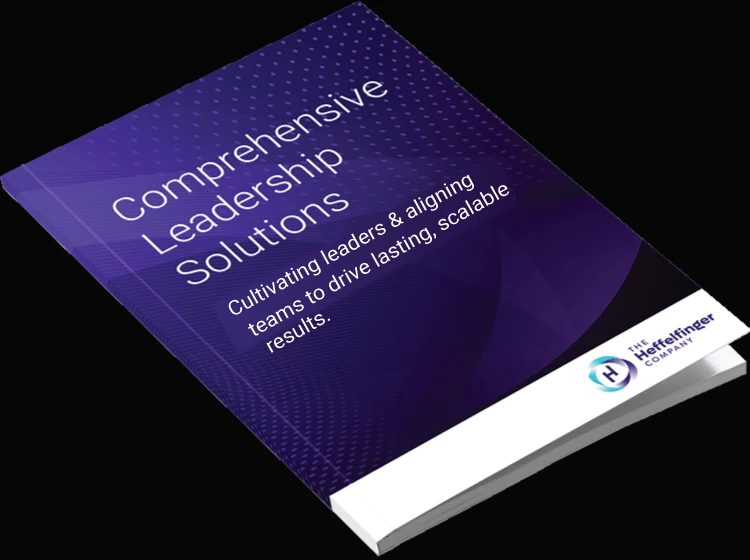This picture was taken at a Team Strategic Planning Session in DC, February 2023 with 40 participants
Leaders engage their teams by giving them a sense of purpose, providing them opportunities to develop and advance, and putting them into positions where they can be successful.
~ Gordon Tredgold, an award-winning corporate motivational speaker in USA
What Comes After the Strategic Plan?
Last month, we went through the importance of a strategic plan and how to get everyone’s buy-in while you’re creating it. Now, we want to talk about the next step: activating it!
For some companies, a focus on guest/customer and employee satisfaction are kept separate from the overall strategic plan, but we believe that involving team members in planning for strategy execution, including ensuring they understand (and sign-up for) their direct role in bringing about the desired future state, drives their engagement and simultaneously guest or customer satisfaction/experience during the strategy execution process. This approach can lead to significantly more successful outcomes.
Activating Your Strategic Plan
In our previous blog, we talked about how important it is to get the board, your senior leadership team, and their teams aligned toward the organization’s future vision, the overriding objectives (the what you wish to accomplish), and strategies (the how you will achieve your objectives and reach your future vision).
To execute the plan, it is crucial to collectively identify senior leadership team members’ individual responsibilities and accountabilities for plan execution, which may also cascade to their teams. During the execution planning process, you'll need to identify critical capabilities, talent needs, and talent gaps that will be crucial to achieving your future vision. And you’ll need to determine ways to either “build” capabilities by growing existing talent, “borrow” capabilities – such as those you’ll need only for specific periods, or “buy” talent from outside during your strategic change planning process.
The end result of your strategic change planning process should be a roadmap or a strategy change plan (SCP) that guides strategy execution. We cannot overstate the importance of this planning as a collaborative process. While this type of collaboration can be what we call a “go slow to go fast” process. Done inclusively and well, the SCP should result in buy-in and clarity at all levels of the organization to guide strategy activation (execution).
Strategy for Employee Engagement
While the process we outlined above may appear top-leader-heavy, we assure you that the process does not end there – it’s only the beginning. An inclusive approach (town halls and working sessions) must occur throughout the organization and reach every employee. It is imperative to engage every person in order to achieve the buy-in required for successful implementation.
Many studies have concluded 67 percent or more of strategic planning efforts fail but that doesn’t have to be your company’s fate. When employees understand the future direction of the company - and especially when they are able to provide input into the strategic plan as described in Part 1 of this article - they feel ownership over the strategy. It’s just as important for each employee to understand their direct role(s) in strategy execution as it is for senior leadership and their teams to understand theirs – along with how their daily actions will contribute to achieving desired outcomes.
When this process is followed well, each employee should ideally become an advocate for the strategic plan. If a project pops-up that seems out of alignment, they’ll be able to voice that or partner with leadership to find ways to ensure they stay the course.
This approach can also encourage innovation from your team members to identify additional opportunities. There are many good reasons for encouraging participation throughout your strategy activation planning process. As we said in Part 1 of this series, those closest to the customer (guest) receive ongoing real-time feedback from those with whom they interact daily.
Finally, you’ll want to provide frequent feedback on how the strategy activation (execution) process is progressing. We suggest very intentional quarterly progress reports – noting short-term successes, citing groups or individuals whose efforts have moved things forward, and any pivots or tweaks being considered and why. Consistently updating the organization in multiple venues and various modalities will go a long way toward continued and sustained engagement – and, ultimately, reaching your organization's highly-desired outcomes.
Ready To Develop and Implement Your Strategic Plan?
If you’re ready to drive strategy across business lines with greater collaboration and confidence, please reach out to our team. We are eager to help you develop and implement your strategic plan.
Warmly,
Lori, Denise and James
Lori Heffelfinger, Denise Kirwan, and James Jackman







